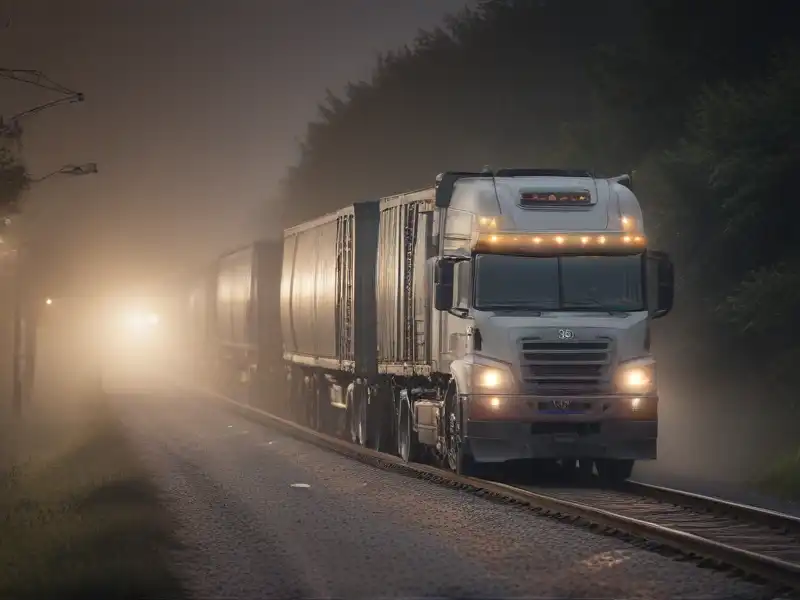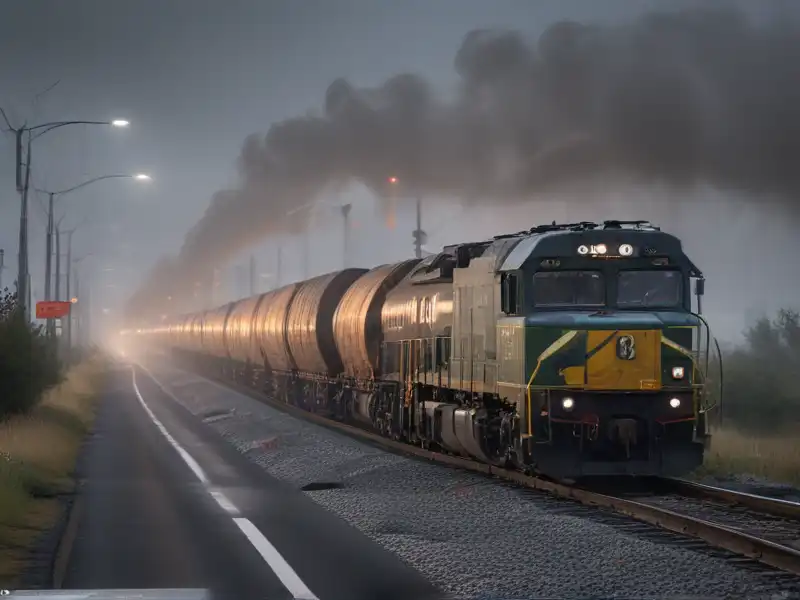Road Freight vs. Train Freight: Pros, Cons, and Safety Considerations
When it comes to transporting goods, businesses have to consider various factors such as cost, time efficiency, and safety. Two popular methods of freight transportation are road freight and train freight. Both options have their own set of pros, cons, and safety considerations that need to be taken into account. In this article, we will explore the differences between road freight and train freight, highlighting the advantages and disadvantages of each, as well as discussing the safety implications of choosing one over the other.
Road Freight:
Road freight, also known as trucking or haulage, involves transporting goods by road using trucks or other vehicles. One of the main advantages of road freight is its flexibility and door-to-door service. Trucks can access almost any destination, making it easier to transport goods directly to the desired location. This can be particularly beneficial for businesses that require frequent deliveries or have specific delivery requirements.

Another advantage of road freight is its speed and convenience. Trucks can travel directly from point A to point B without the need for transshipment, which can help reduce transit times and improve overall efficiency. Additionally, road freight allows for real-time tracking and monitoring of shipments, providing businesses with greater visibility and control over their goods in transit.
However, road freight also has its downsides. One of the main disadvantages is the potential for traffic congestion and delays. Trucks are subject to the same road conditions as passenger vehicles, which can lead to delays in delivery schedules and increased costs. Additionally, road freight is more susceptible to inclement weather conditions, such as snow, rain, or fog, which can further impact delivery times and increase the risk of accidents.
Train Freight:
Train freight, on the other hand, involves transporting goods by rail using freight trains. One of the main advantages of train freight is its capacity and cost-effectiveness. Trains have a larger carrying capacity compared to trucks, making them ideal for transporting bulk goods over long distances. This can help businesses reduce transportation costs and improve overall efficiency.
Another advantage of train freight is its environmental sustainability. Trains are more fuel-efficient than trucks, which can help reduce carbon emissions and lower the overall carbon footprint of freight transportation. This can be particularly important for businesses looking to reduce their environmental impact and operate more sustainably.
However, train freight also has its drawbacks. One of the main disadvantages is inflexibility and limited access to certain destinations. Trains operate on fixed rail lines, which can make it challenging to reach specific locations that are not connected to the rail network. This can be a major limitation for businesses that require direct delivery to remote or isolated areas.
Safety Considerations:

When it comes to safety considerations, both road freight and train freight have their own risks and challenges. Road freight is more susceptible to accidents due to factors such as driver fatigue, human error, and adverse weather conditions. Truck accidents can have serious consequences, including injuries, fatalities, and damage to goods. To mitigate these risks, businesses need to ensure that their drivers are properly trained, vehicles are well-maintained, and safety protocols are in place.
Train freight, on the other hand, may face risks such as derailments, collisions, and hazardous material spills. While train accidents are less common compared to truck accidents, they can still have significant impacts on the environment and public safety. To enhance safety in train freight operations, companies need to comply with strict regulations, conduct regular inspections, and implement emergency response plans in case of accidents.
In conclusion, both road freight and train freight have their own pros, cons, and safety considerations that need to be carefully evaluated when choosing a transportation method. Businesses should consider factors such as cost, time efficiency, flexibility, capacity, environmental impact, and safety when selecting the most suitable freight option for their needs. By weighing the advantages and disadvantages of road freight and train freight, companies can make informed decisions that optimize their supply chain operations and ensure the safe and reliable transportation of goods.
